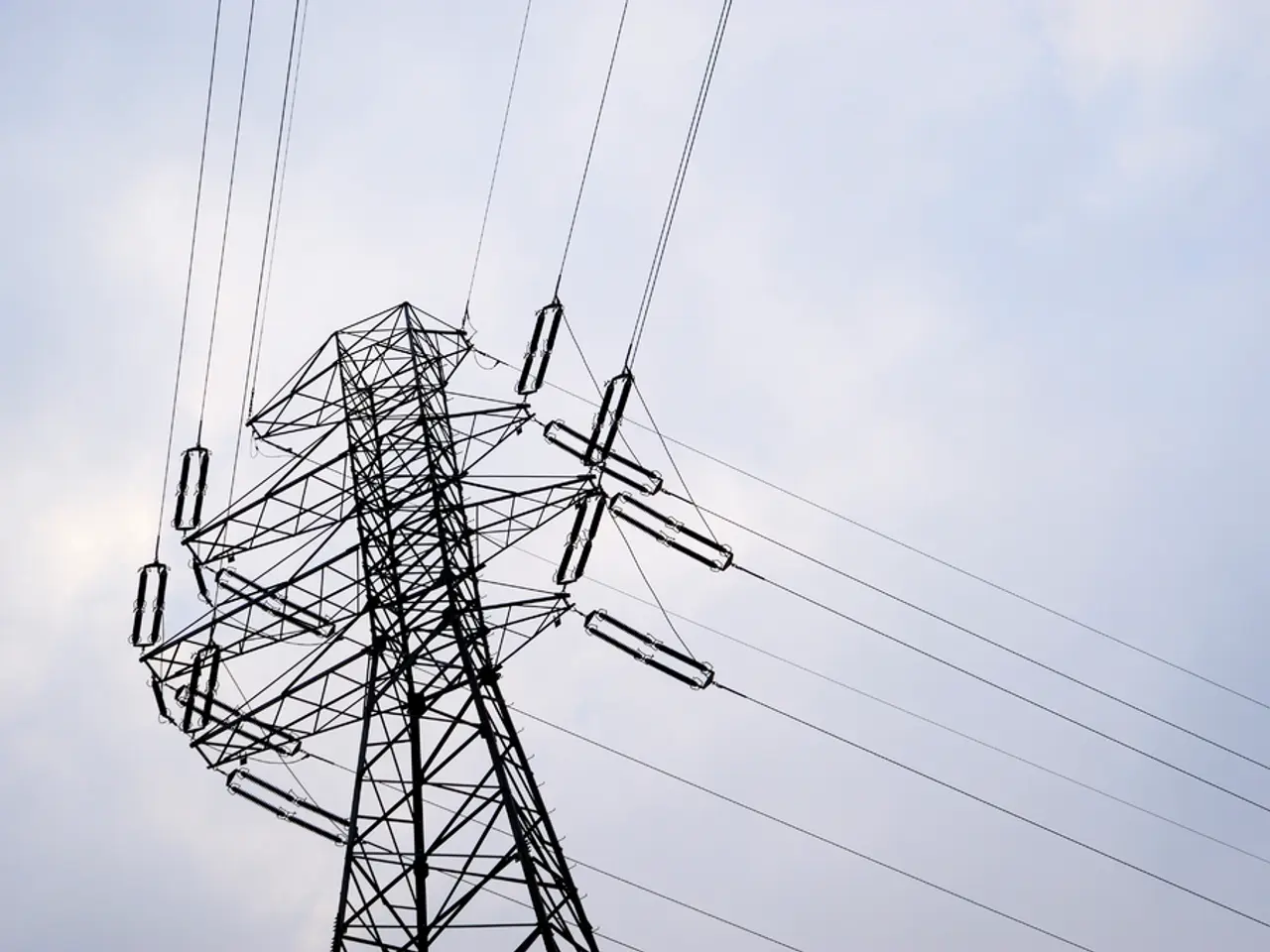AI's Role in Shaping Future Design Professionals
In the rapidly evolving landscape of design, artificial intelligence (AI) is making a significant impact. From replacing traditional designers to enhancing creativity, AI is reshaping the design industry and education in profound ways.
AI models like ChatGPT and Gemini, which have been around for only a few years, are already making strides in automating design tasks. However, the results aren't always perfect, with AI-generated images sometimes falling short of the mark when compared to human-created designs. Yet, these imperfections are often accepted as 'good enough', marking a shift in client expectations towards increased productivity in less time and at a lower cost.
This shift could potentially lead to a compromise in the organic design process, as designers may find themselves with less time to create beautiful, intricate designs. AI, being devoid of human logic and sensibilities, is more suitable for busy work rather than creativity.
The balance between quality and project deadlines could become more precarious, as clients demand more from AI-powered design tools. This could result in a loss of creative control for designers, who may become just another link in the supply chain.
However, the impact of AI on design education is not entirely negative. As AI automates repetitive tasks, design education may focus more on human skills like critical thinking, creativity, empathy, and problem-solving. Future designers will likely learn to use AI as a tool to enhance creativity and efficiency, balancing human intuition with AI capabilities to ensure that designs remain human-centered and ethical.
In the design industry, the shift towards AI is expected to change job roles. Designers may take on roles like AI model trainers or AI art directors, collaborating effectively with AI systems to create designs that are innovative and user-centric.
The industry must also grapple with ethical considerations, ensuring that AI is used ethically to enhance human quality and not erode it. This includes addressing issues like data privacy and avoiding biases in AI-driven design decisions.
Despite these challenges, the future of design principles remains grounded in fundamentals such as composition, color theory, and typography. AI is likely to influence the way designers approach projects, incorporating AI-driven insights and tools into traditional design methodologies, leading to more efficient and innovative design processes.
For future generations, AI tools will have always been an integral part of everyday life. Traditionally, web and print designers learn about fundamentals like color, typography, and accessibility. However, with the advent of AI, these designers may find themselves working alongside AI-generated assets, which are already being used by companies to replace stale stock photography and even professional design work.
The long-term impact of AI on design is expected to be greater than that of the smartphone. As AI continues to advance, it will be interesting to see how it shapes the future of design and what opportunities and challenges it presents for designers and design education.
Artificial intelligence (AI) is not only automating design tasks, but also influencing the future of design education, focusing more on human skills like creativity and problem-solving.
In the design industry, the balance between quality and project deadlines could become more precarious as designers collaborate with AI systems, taking on roles like AI model trainers and AI art directors, ensuring that designs remain human-centered and ethical.




